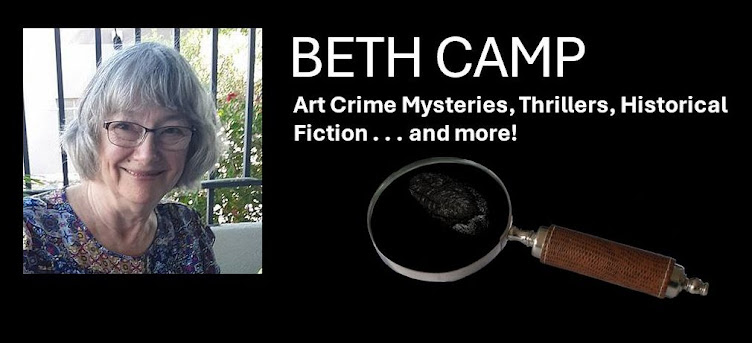Kane's journal, Wanderings of an Artist, introduced a "Mr. Mackenlie'" as a chief trader in Oregon City. Following the winter holidays at Fort Vancouver, the two traveled down the Columbia River to Oregon City, Kane's mission being to see and paint as much of native life as possible.
 |
| "Oregon City" painted by Henry James Warre 1845 (Wikipedia) |
Kane goes on to write that he spent some three weeks with "Mr. Mackenlie," well entertained by his "stories of Indian life." In one tale, a three-pound caret of tobacco went missing from the store. "Mr. Mackenlie" suspected an Indian had taken it, so had the Chiefs assemble everyone. He told them of the theft and "wished everyone present would place his mouth to the muzzle of the gun and blow into it, assuring them that it would injure no one innocent of the theft," but it would kill the thief (132). "Mr. Mackenlie" began the process, followed by every other person in the room, except one man who said, "he would not tempt the Great Spirit" (133).
That's all the information I had about "Mr. Mackenlie," so I turned to Diane Eaton and Sheila Urbanek's Paul Kane's Great Nor-West to learn that when they left Fort Vancouver, the temperature hovered around 7 below zero. And "Mackenlie" was Archibald McKinlay. Now the fun begins, and I am very grateful for Google searches. Here's what I've learned about Archie, for each little snippet takes me deeper into what life was like back in the 1840s.
Scottish Archibald McKinlay (1805-1891) came to Canada in 1830 with his sister Ellen who had married James MacMillan. He began work as an apprentice clerk for the Hudson's Bay Company at York Factory in 1832 and also served at Red River in 1834. Archie was tall, had ginger-colored hair, weighed about 200 pounds, and was by several accounts quite chatty with a flair for solving problems diplomatically.
In 1835, Archie was transferred west of the Rockies, where he met up with Alexander Caulfield Anderson at Jasper House; they became lifelong friends, later serving together on the Indian Reserve Commission together in the 1870's.
Archie served as a trader at several different Hudson Bay Company posts, the last being Fort Nez Perces (now Walla Walla). He never went home again. After the Oregon Treaty of 1846, he moved to Oregon City. commenting, "It's no surprise we lost Fort Vancouver. Every year, the Americans came out on the trail, as thick as mosquitos."
On June 15, 1840, Archie married Julia Sarah at Fort Vancouver, one of the daughters of Peter Skene Ogden -- who was Chief Factor at Fort Vancouver at the time.
Archie and Julia had 10 children, though one report suggests they had 5 children. Large families were not unusual during this time of no birth control. The first, a daughter, was born in 1837 at Red River (a footnote suggests she might have been a foster child), but given that Archie was a favorite of Peter Skene Ogden, and traveled widely, more research would be needed. It was not uncommon for marriages to occur years after the couple married 'in the style of the country.' Julia traveled with her husband, so she would have been at Oregon City when Paul Kane stayed there.
 |
| Source: Branwen Christine Patenaude Trails to Gold, Volume 2, page 60. |
Interested in reading more? See Paul Kane's Wanderings of an Atist Among the Indians of North America; Nancy Marguerite Andeson's The Pathfinder: A. C. Anderson's Journeys in the West; Diane Eaton and Sheila Urbanek's Paul Kane's Great Nor-West; Nichole St-Onge, Carolyn Podruchny, Brenda Macdougall, eds.Contours of a People: Metis Family, Mobility, and History; and Branwen Christine Patenaude Trails to Gold, Volume 2.
And just one last link: Nancy Marguerite Anderson, consistently writes about the fur trade era on her blog, with much good excerpts from letters and journals.

No comments:
Post a Comment